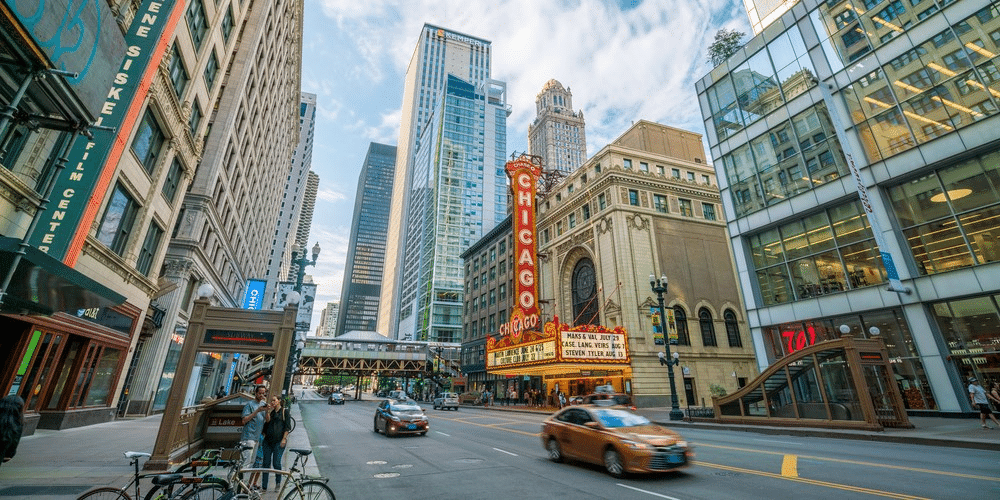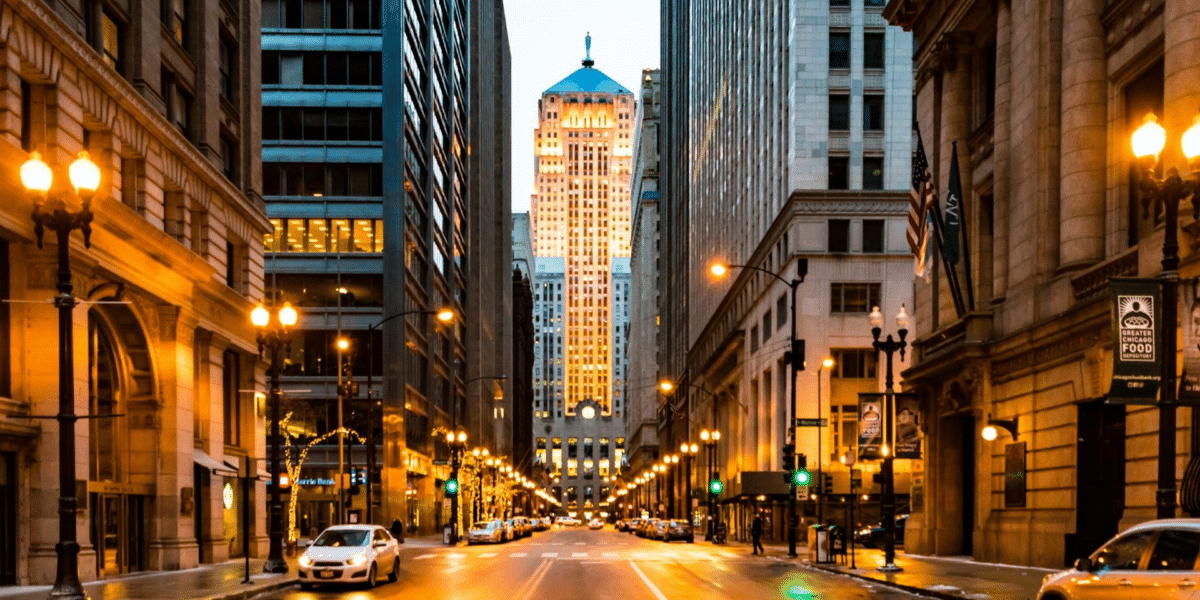Exploring Small Business Ideas in Chicago
Chicago, the bustling metropolis nestled along the shores of Lake Michigan, offers a vibrant and diverse landscape for aspiring entrepreneurs. From its bustling neighborhoods to its thriving business districts, the Windy City provides ample opportunities for small business owners to thrive. Whether it’s catering to the city’s vibrant food scene, tapping into its rich cultural heritage, or leveraging its status as a hub for innovation and technology, there are countless small business ideas worth exploring in Chicago.
Culinary Ventures: Embracing Chicago’s Food Culture
With its rich culinary heritage and diverse dining scene, Chicago presents a fertile ground for aspiring restaurateurs and food entrepreneurs. From trendy cafes and gourmet food trucks to specialty bakeries and farm-to-table eateries, the city offers a myriad of opportunities to satisfy the palates of its discerning residents and visitors alike. Moreover, Chicago’s reputation as a food destination ensures a steady stream of customers eager to explore the city’s gastronomic delights, making it an ideal market for culinary ventures of all kinds.
Neighborhood Boutiques: Celebrating Local Culture and Creativity
Chicago’s eclectic neighborhoods are home to a thriving community of artists, designers, and creatives, making it an ideal setting for boutique businesses that celebrate local culture and creativity. From artisanal craft shops and independent bookstores to vintage clothing stores and handmade jewelry boutiques, there is no shortage of niche markets to explore. By tapping into the unique character and charm of Chicago’s neighborhoods, boutique owners can carve out a niche for themselves and attract a loyal clientele seeking one-of-a-kind treasures and personalized experiences.
Tech Startups: Harnessing Chicago’s Innovation Ecosystem
As a leading hub for innovation and technology, Chicago offers fertile ground for tech startups looking to make their mark in the industry. With a thriving ecosystem of incubators, accelerators, and co-working spaces, aspiring entrepreneurs have access to the resources and support needed to turn their ideas into reality. Whether it’s developing innovative software solutions, launching disruptive tech platforms, or leveraging emerging technologies like artificial intelligence and blockchain, Chicago provides a conducive environment for tech startups to thrive and succeed in the competitive global marketplace.
Health and Wellness: Meeting the Needs of a Health-Conscious Community
As the pursuit of health and wellness continues to gain momentum, Chicago presents abundant opportunities for small businesses catering to this growing market. From boutique fitness studios and holistic wellness centers to organic juice bars and eco-friendly spas, there is a demand for businesses that promote physical, mental, and emotional well-being. By offering personalized services, innovative products, and immersive experiences, entrepreneurs in the health and wellness space can tap into Chicago’s health-conscious community and make a positive impact on the lives of their customers.
Conclusion
In conclusion, Chicago offers a fertile ground for small business ideas across a wide range of industries and sectors. Whether it’s embracing the city’s vibrant food culture, celebrating its rich cultural heritage, harnessing its innovation ecosystem, or meeting the needs of its health-conscious community, there are countless opportunities for aspiring entrepreneurs to thrive and succeed in the Windy City. By tapping into Chicago’s unique character, diverse neighborhoods, and entrepreneurial spirit, small business owners can carve out their niche, make their mark, and contribute to the vibrant tapestry of Chicago’s business landscape.










